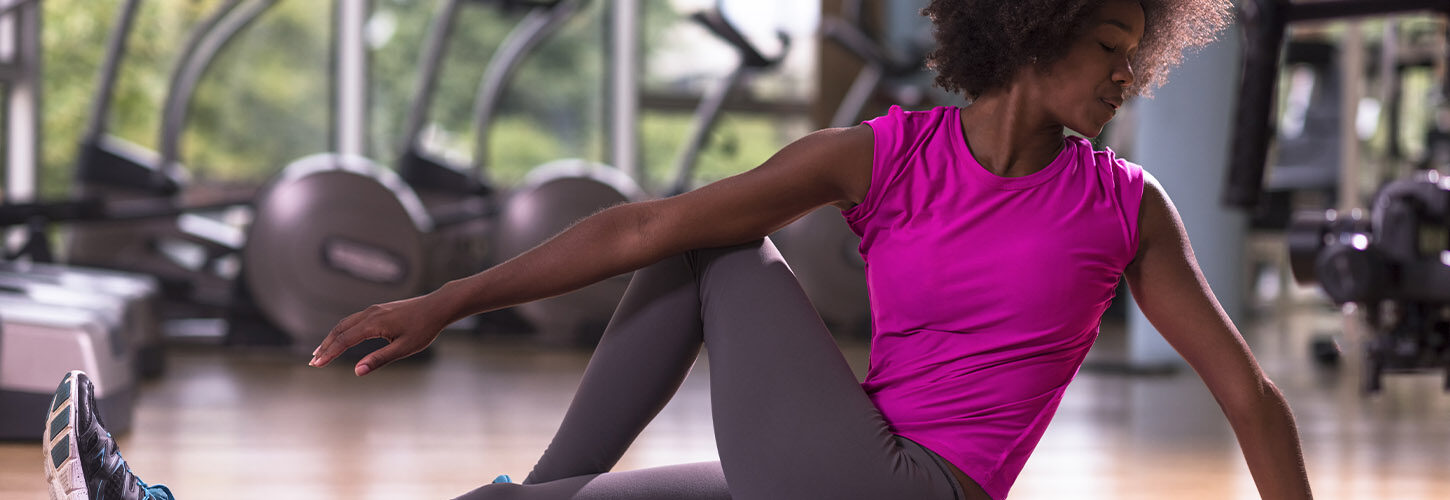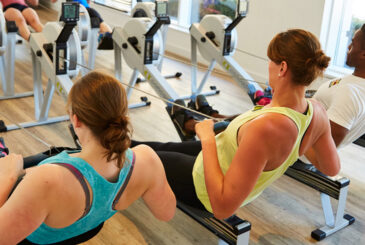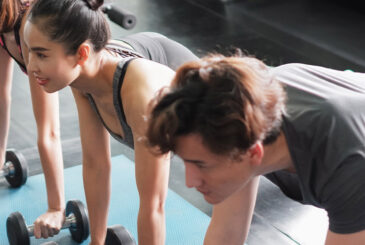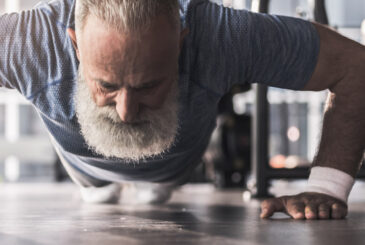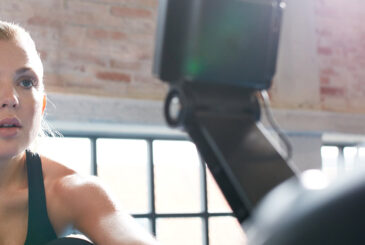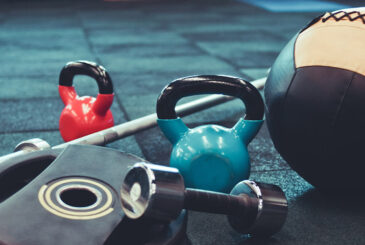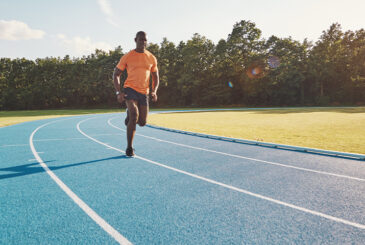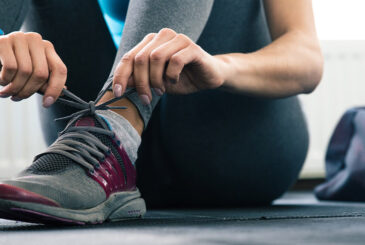Recovery is one of the most important parts of any training cycle across all levels of indoor rowing as Master Trainer David Howatson explains below
Effective recuperation starts with an effective cool down designed to help the body return to its pre-exercise state. Reducing heart rate and regenerating our tissues in a safe manner are the main considerations. Alas, safety isn’t the most exciting part of planning and is often overlooked so let’s dig into some detail to help nail your cool down strategy.
Measuring Intensity
Measuring heart rate and effort levels are just as important during the cool down as they are in the main part of the session. The aim is to return the heart rate, steadily, toward its pre-exercise level. That means that we must employ a gradual reduction in intensity across multiple minutes. Too often we want to escape the seat as quickly as our shattered legs can manage. Taper off the intensity whilst rowing and avoid 100% effort to 10% in the blink of an eye.
Active and Passive
Reducing the rowing intensity during the cool down phase is a simple way to stay active during our recovery. Employing dynamic stretches is a good idea at this stage; repeating some of the warm-up stretches keeps things simple. Passive stretches also have their place here as we wind down. Static stretches have been slightly demonised in the past few years but if nothing else they’ll allow a space in the session for the mind to switch off and recover from the rigours of the session.
If you have the luxury of a masseur or hands-on coach, then a massage is a must – the best kind of passive cool down. For the rest of us self-massage is important at this stage. Using tools such as foam rollers will rehydrate our tissues by promoting blood flow and lymphatic flow in the targeted areas. As with the stretches and mobility drills, any self-massage needs to hit the spots that have been under most stress during the row – quads, glutes, hips and back. A top tip when foam rolling is to adjust the angle of the roller to 45 degrees. Rolling diagonally as well as straight up and down helps get to every part of the muscle group. The connective tissues are structured like a web therefore we need to approach them from several angles to get the best results.
Stress Release
The last big cool down hack to consider is breathing. Under the stress of attacking a 2000m PB the body responds by trying to take in big gulps of air, working the ribs and chest to the extreme. It’s a natural response, which kicked in the first time we gasped for air at birth. Controlling that response by using the diaphragm and slowing down our breathing is essential.
The easiest time to get into that kind of breathing pattern is at the very end, in that corpse pose or starfish position flat on the mat. Inhale through the nose, thinking about expanding the belly rather than filling the lungs for up to 10 seconds. Exhale via the mouth to empty the belly for twice as long as the inhale. Bringing that type of breathing into the cool down will reduce stress, reduce your heart rate, and start you on the road to recovery.
You can read more about the sports science behind all of this in exercise physiologyist Mark Homer’s article on Cooling down after rowing.


